Keywords: Michele Madigan
-

ENVIRONMENT
- Michele Madigan
- 29 August 2017
13 Comments
On Saturday 19 August at a gathering in Port Adelaide, two modern beleaguered groups, one Aboriginal, one non-Aboriginal, shared their current experiences in striving to protect their own lands and ways of life. Like the Gurindji, their struggle is with the federal government and, indirectly, with another big business: the nuclear industry. In contrast to the Gurindji struggle however, modern day communities and even families are being torn apart by enticements and pressures.
READ MORE 
-

AUSTRALIA
- Michele Madigan
- 06 June 2017
11 Comments
In 1978 Kaurna/Narungga woman, Georgina Williams, said to me that Aboriginal people tend to be first on the receiving end of governmental oppressive practices and, when that works, the practices are extended to other poor Australians. Thirty-nine years later, almost every day brings new evidence of a relentless campaign against the poor, of which Cashless Cards are but one particularly vindictive example.
READ MORE 
-
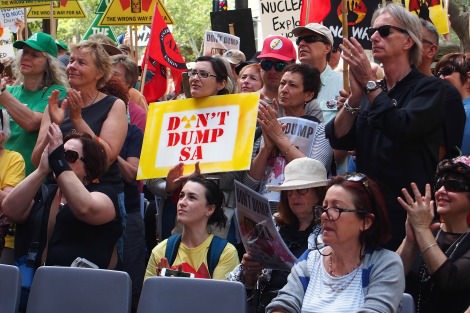
ENVIRONMENT
- Michele Madigan
- 13 February 2017
9 Comments
'It will be your artists: the poets, painters, actors, dancers, musicians, orators - they will be the ones to lead the changes.' It was one of the many international invited guests, a Maori woman speaker, who made this prediction to the huge 40,000 strong crowd that marched to Hyde Park, Sydney, on 26 January 1988. In South Australia almost 30 years later, this prophecy continues to unfold in the high-stakes battle for country that surrounds the proposed nuclear waste dump.
READ MORE 
-
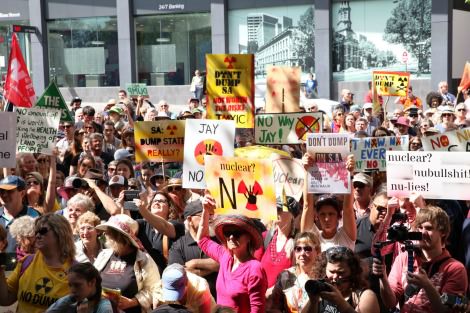
ENVIRONMENT
- Michele Madigan
- 17 November 2016
11 Comments
The last 30 days have seen some big developments in the ongoing attempts of Premier Weatherill's plan to import high-level and intermediate level radioactive waste. On Sunday 6 November came the surprising decision of the Premier-initiated Citizens Jury. By the end of their six day deliberations, the 350 second round jurists showed a decided shift in opinion. Their 50 page report, presented to a somewhat discomfited Premier, had a strong two thirds majority against the dump.
READ MORE 
-
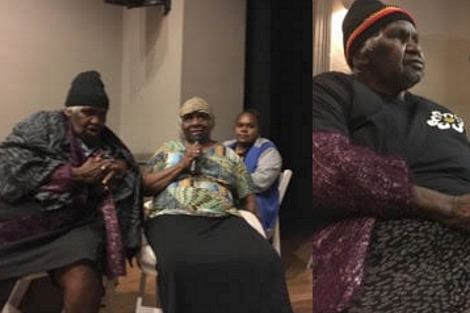
ENVIRONMENT
- Michele Madigan
- 23 September 2016
13 Comments
On Saturday 3 September, in Port Augusta, Yankunyjatjara Elder Edie Nyimpula King was keeping up the struggle, singing again the Seven Sisters inma, strong in its demands for a clean country and protection for the future generations. Its cry: Irati Wanti ... leave the poison! Have nothing to do with it! No radioactive waste dump in our country! But why is such responsibility for country and the health of its people forever so hard? Why is the destruction of country forever allowed to be normalised?
READ MORE 
-

ENVIRONMENT
- Michele Madigan
- 26 May 2016
20 Comments
Just how strictly controlled the process is becomes obvious when it emerges that the task of the 50 member Citizens' Jury will be to produce 'a short independent guide to help every South Australian understand the recommendations raised' by the report. ABC news has dubbed this whole process the Premier's 'public relations exercise', and surely they're not wrong. He is urging all South Australians to remain 'open' about the proposal. But are they, including the Citizens' Jury, allowed to be open to refusal?
READ MORE 
-
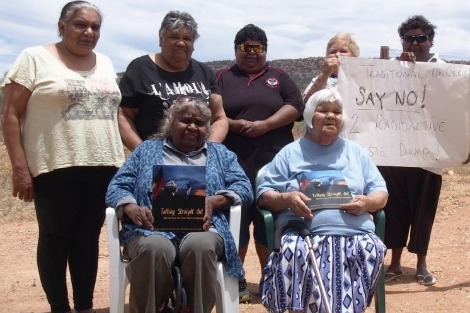
ENVIRONMENT
- Michele Madigan
- 03 May 2016
11 Comments
As fifth century BC Athenian historian and general Thucydides said: 'The strong do what they can, and the weak suffer what they must.' 'I'm sitting here trying to eat my weetbix and keep my thoughts calm,' said Enice Marsh, Traditional Owner for the Flinders Ranges area of SA. Enice and the other Adynamathanha Elders had just received the news that former Liberal Senator Grant Chapman's property Bardioota is 'at the top of the list' to be the site of Australia's national radioactive waste dump.
READ MORE 
-
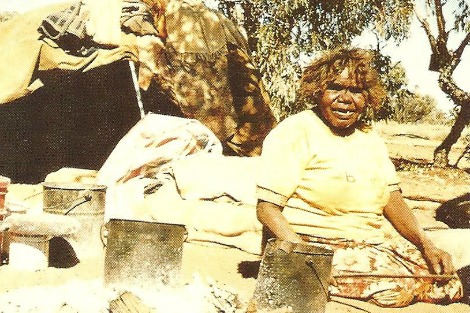
ENVIRONMENT
- Michele Madigan
- 08 April 2016
16 Comments
The passing of Bob Ellis recalls his faithful accompanying of the 1984-1985 royal commission into the British nuclear tests conducted in South Australia in the 1950s and 1960s. His article on the Wallatina hearings described what he named as the commission's 'worst story of all': Edie Milpudie's telling of herself and her family camping, in May 1957, on the Marcoo bomb crater. Re-reading the Ellis article, tears stung my eyes. It's so good when truth is recognised and held up for our freedom.
READ MORE 
-
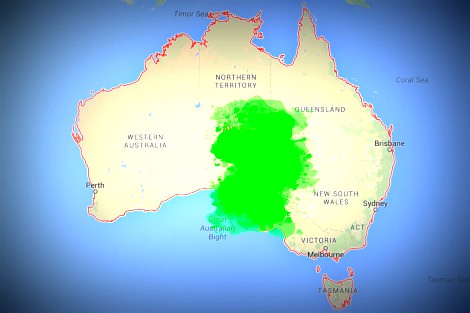
ENVIRONMENT
- Michele Madigan
- 10 February 2016
8 Comments
The South Australia Royal Commission into the nuclear fuel cycle will give its interim report at the Adelaide Town Hall next Monday. It is likely the Commission will recommend that the South Australian Premier's plan to import international high-level radioactive waste proceed, despite obvious risks and clear dangers. It would be a mistake for anyone living outside of South Australia to think that this is just a South Australian problem. Transport and containment risks are hugely significant.
READ MORE 
-
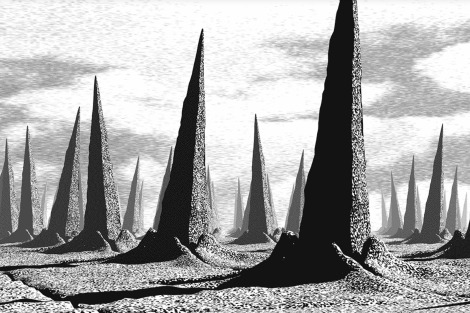
ENVIRONMENT
- Michele Madigan
- 11 December 2015
13 Comments
The state of Nevada continues to show its resolve by its longterm refusal to host a national nuclear waste dump. Such is their success that President Barack Obama has continued to back their opposition. It would certainly be beyond their comprehension that any community, any government, would volunteer to take other countries' nuclear waste, which remains radioactive for thousands of years. Yet in Australia, this is what nuclear proponents, the SA premier, and now the prime minister are backing.
READ MORE 
-
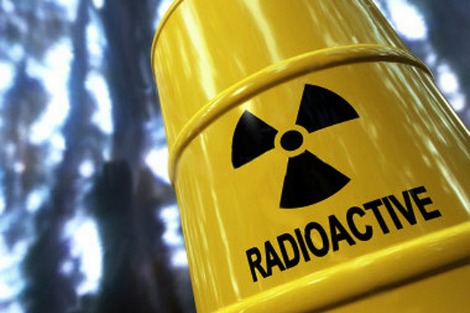
ENVIRONMENT
- Michele Madigan
- 18 November 2015
14 Comments
It's no surprise that three of the federal government's shortlisted sites for the proposed national radioactive waste facility are in South Australia, the 'expendable state'. And it's disturbing to find that the owner of at least one of the sites has been misinformed, believing 'It's basically only a medical waste facility.' In fact the farmer and Indigenous opponents of the sites are right to be concerned. The intermediate level waste housed at such a facility will be hazardous for thousands of years.
READ MORE 
-
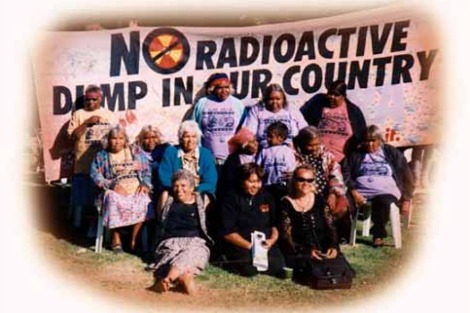
AUSTRALIA
- Michele Madigan
- 10 November 2015
18 Comments
The budget for the 2015 Indigenous Advancement Strategy funded South Australian Aboriginal communities less than ten per cent of what they required, and some received nothing at all. So with the prospect mooted of the state hosting a depository for the world's high-level radioactive waste, it's a very relevant concern that some communities might be enticed to offer themselves as a site. This is not only a justice issue for those communities; the environmental implications are far-reaching.
READ MORE 